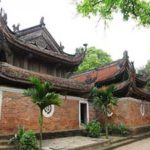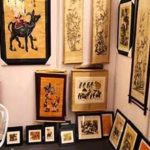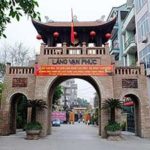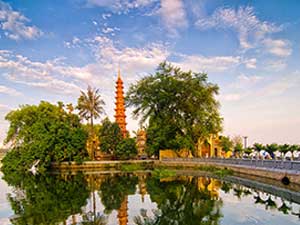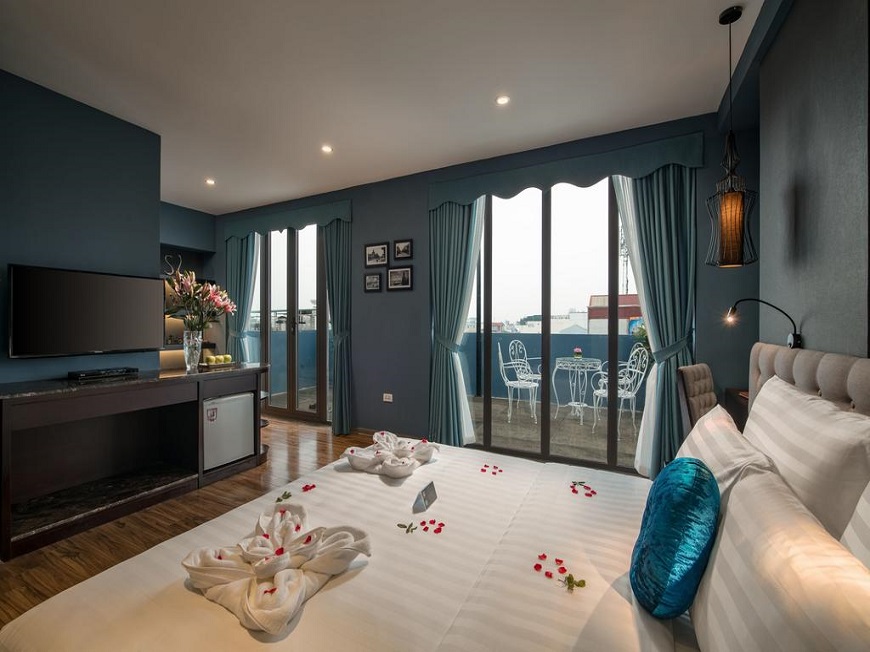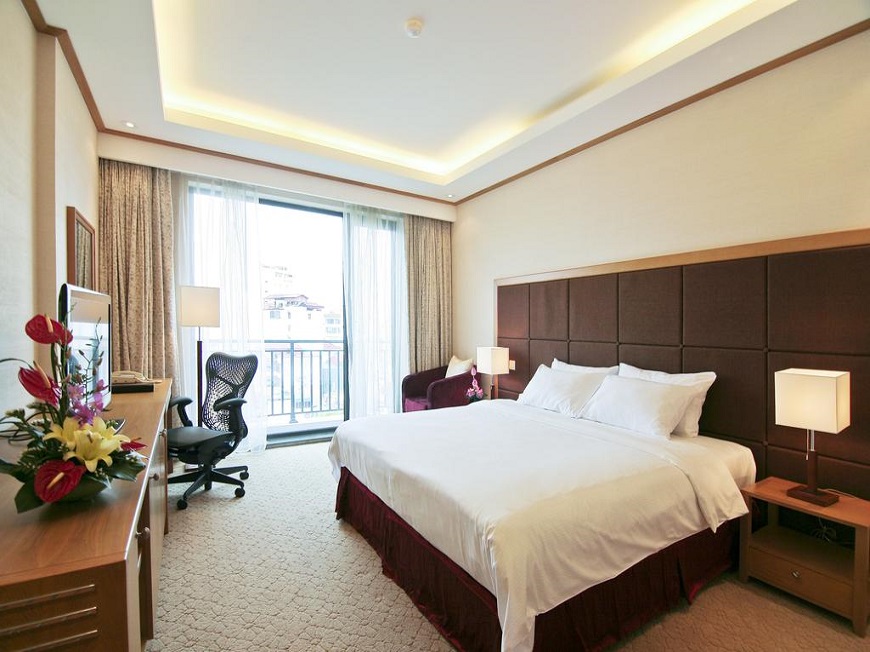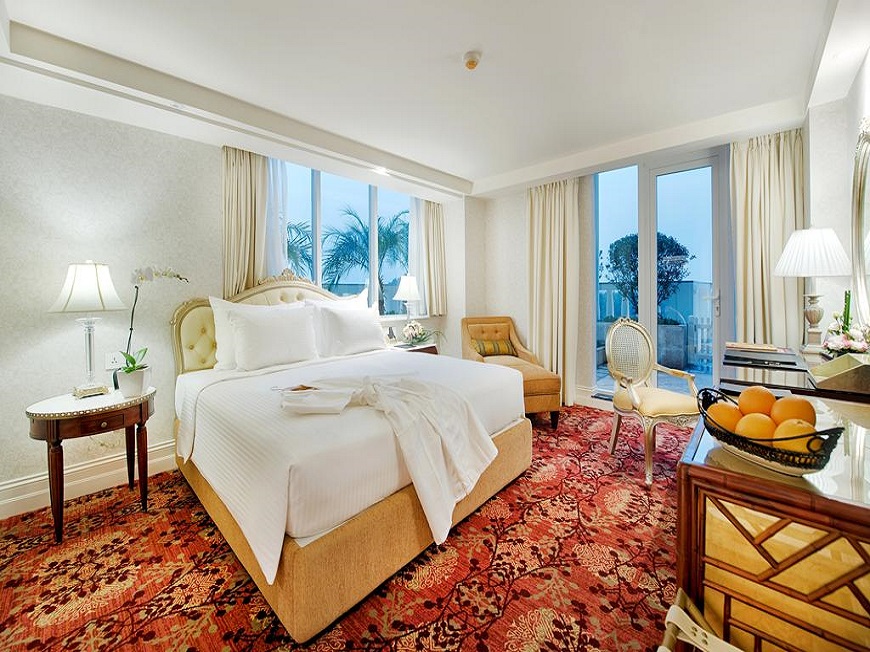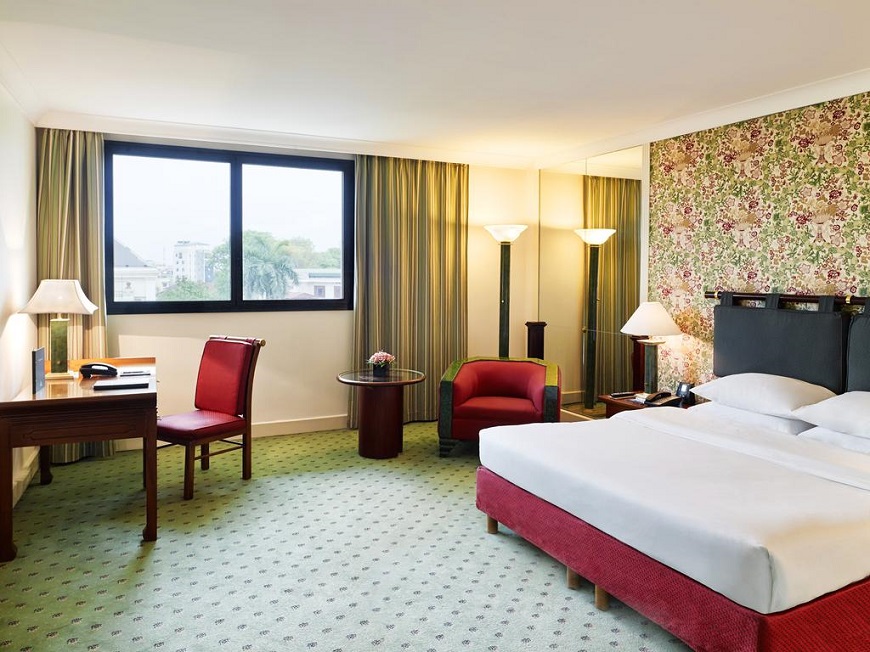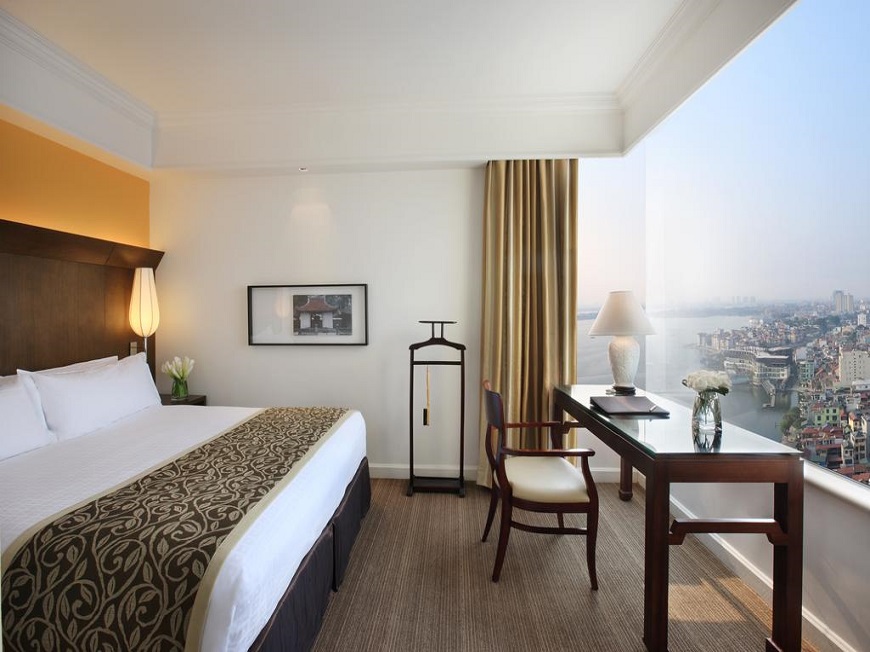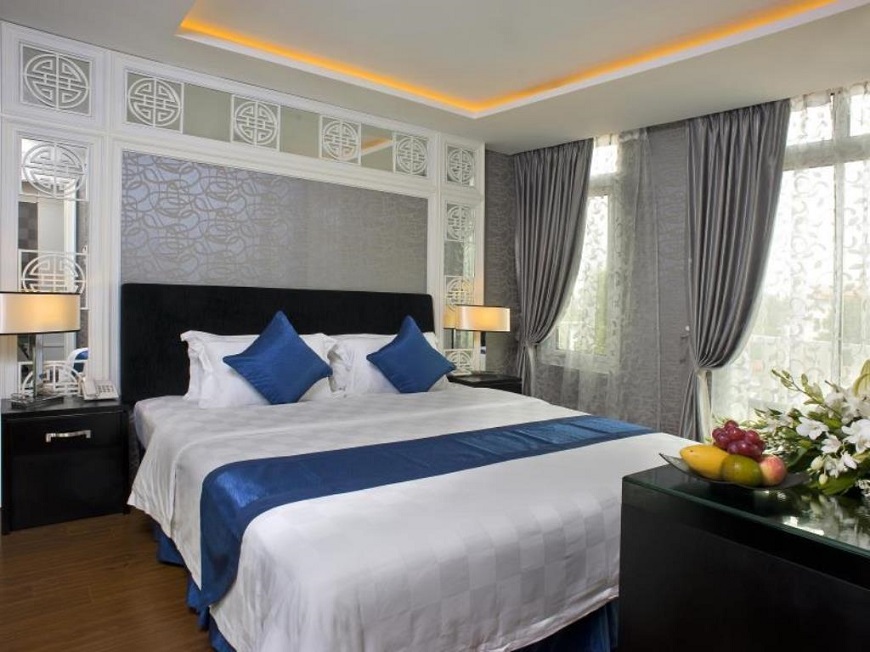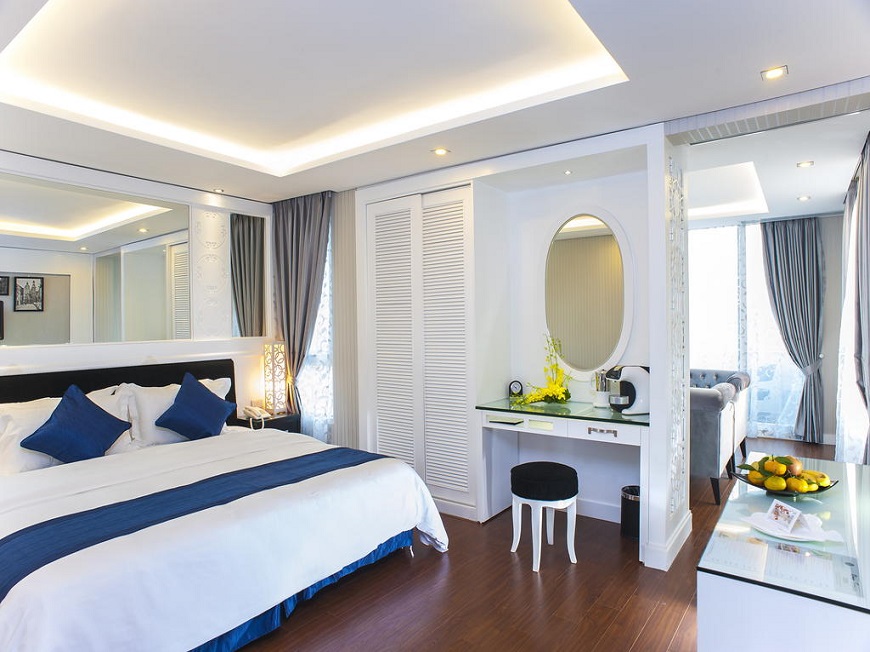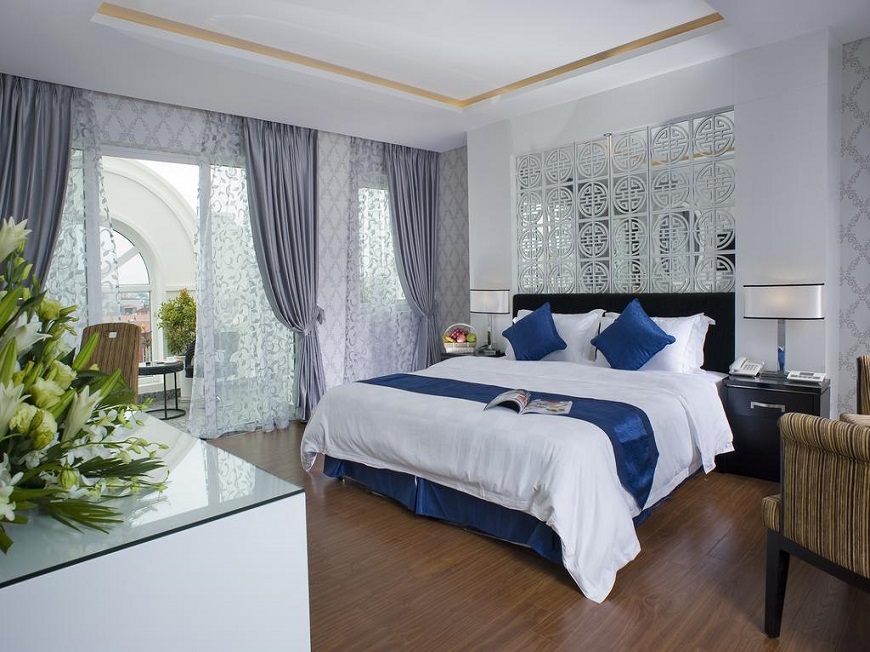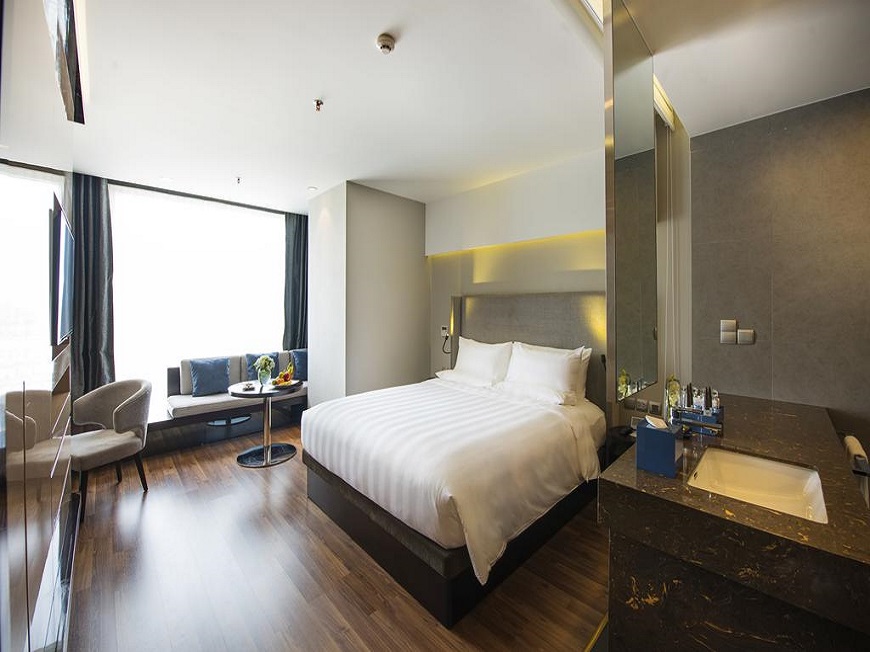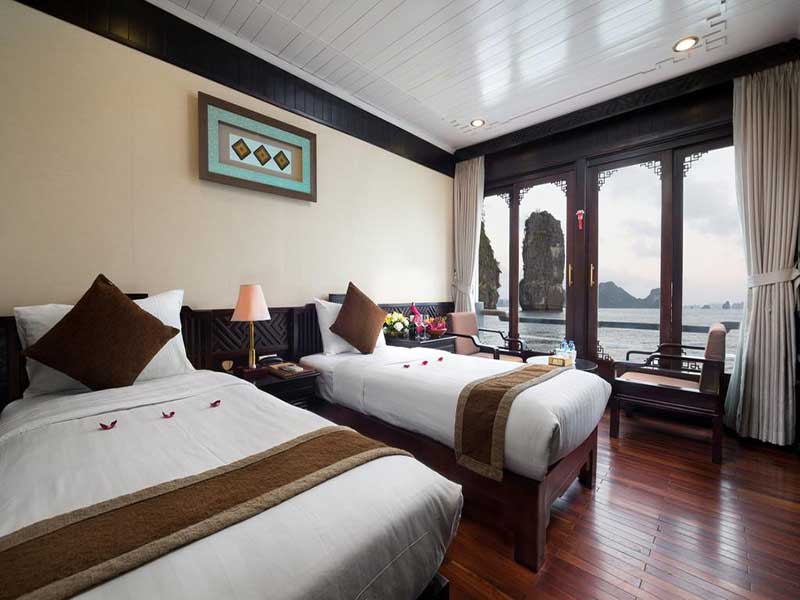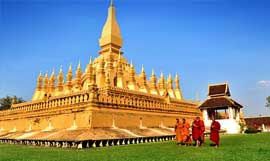Located more than 50km from Hanoi city, Duong Lam ancient Village located in Son Tay, Hanoi is a famous tourist destination for its ancient cultural beauty. This is the first ancient village in Vietnam to be awarded the National Cultural Heritage in 2006.

With features of architecture and art of an ancient village in the Red River delta, it can be said that the Duong Lam ancient village is only ranked behind the ancient towns, Hoi An and Hanoi old town in terms of its scale as well as artistic values made this place become a highlight of tourism in Hanoi. In addition, this is also the land of the local spiritual masterpiece, the only place of the two kings Phung Hung and Ngo Quyen, associated with historical and cultural relics.

Today, Duong Lam ancient village is one of the unique place that still retains the basic features of a Vietnamese village with the village gate, banyan tree, waterfront, communal house, wharf, wells, fields, hills, hills, temples … in Hanoi.

The old village gate is located in Mong Phu village, is a two-storey house located on the way to the village, next to the tree preserving more than 300 years, with water landing, lotus pond … create an rural beauty of this landscape. From the gate of the village to the village on the road is the walls made of dark yellow mixed beeswax stones leaving the visitors the warmth, and peace of the Duong Lam ancient village.

The streets are built in the shape of a bones with many small laneways with the Mong Phu hamlet’s family at the center. This structure also creates a large space in the center of the village, where many cultural exchanges, and traditional festivals take place on holidays, or Tet … then, making the special inhabitants of the Duong Lam ancient village.

Duong Lam ancient village has a total of 956 ancient houses, located in Dong Sang, Mong Phu and Cam Thinh villages. There are many houses built for a long time, from 1649, 1703, 1850 … were built with traditional materials: bee, bamboo, clay, husk, sawdust, …

In addition, the Duong Lam village also has a system of churches, shrines, ancient restaurants, pagodas, ancient wells … located in a lively and rich landscape environment has formed an interesting landmark for tourism in Hanoi. Ngo Quyen and Phung Hung temples are two reputable places for tourists to blow their mind about Vietnamese ancient stories for thousands years.

The most ancient work of Duong Lam is the architecture of the village gate in Mong Phu. The village gate is converging with cultural architecture with ancient arches, and ancient stone. The village has 5 gates, one big gate and 4 sub gates in the four directions. Not only that, the yard is a giant, like flower petals, gathering all roads in the village from center. The magic of the terrain and architecture that makes the village more unique in the eyes of tourists.

Coming to the Duong Lam village, tourists can have opportunities to experience Mr. Ha Nguyen and Han’s ancient homes as relics of Vietnamese culture. The houses impress visitors by the gate built in the old stone, rice husk, mud to create adhesives and a shadow-filled entrance to the tree, the green trees outside the house, and small items such as bowls, porcelain cups, oil lamps … in the home make up the subtle personality, nostalgic of the owners. The house was built in 1649, mainly with wood of jackfruit old trees, and structured in the style of 5 chambers, the middle of which is the place of worship of ancestors, the set of couches used to welcome guests, and two adjacent rooms used for sleeping.
Let’s come to Duong Lam village and experience the ancient culture of Vietnam!



